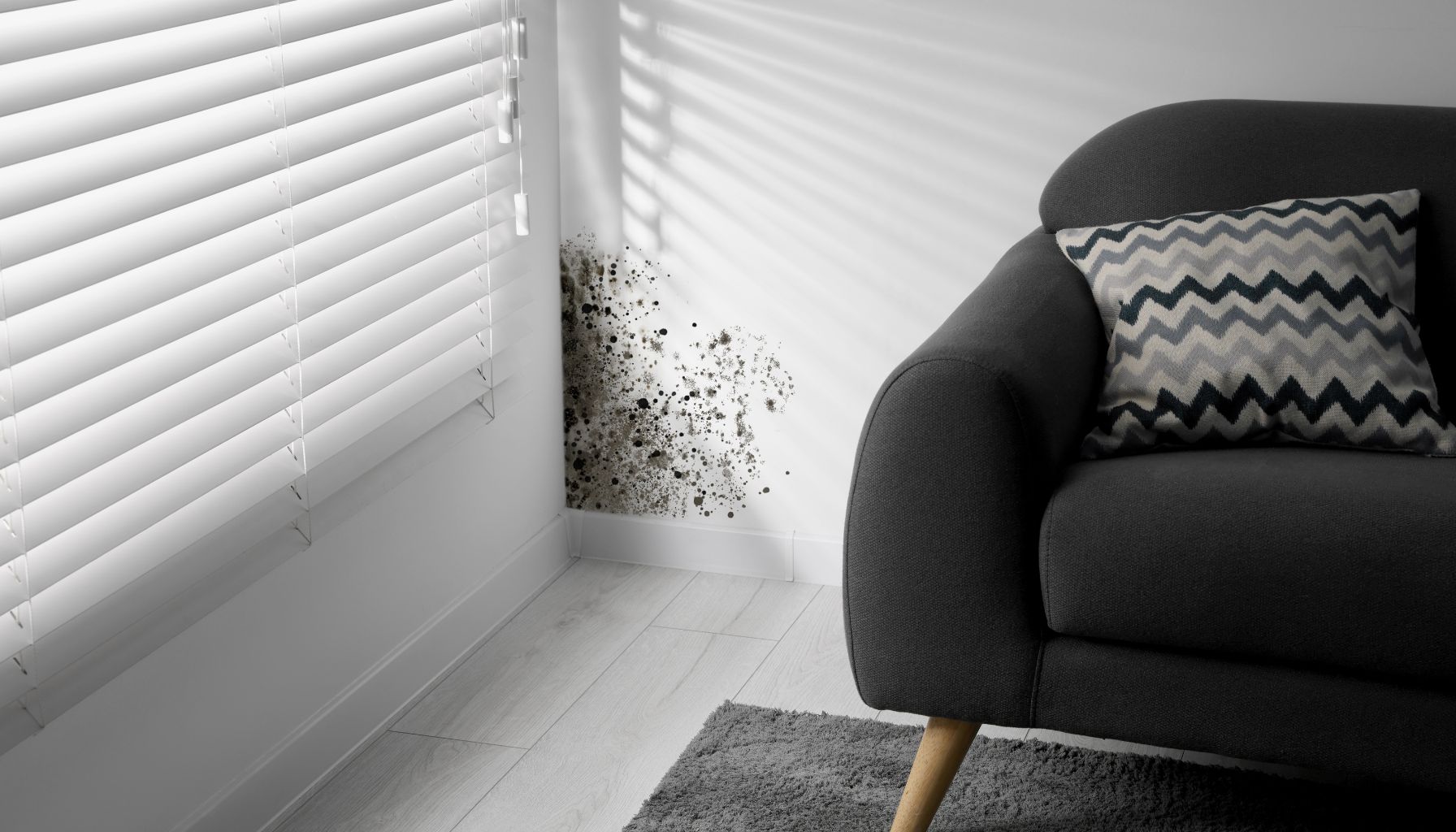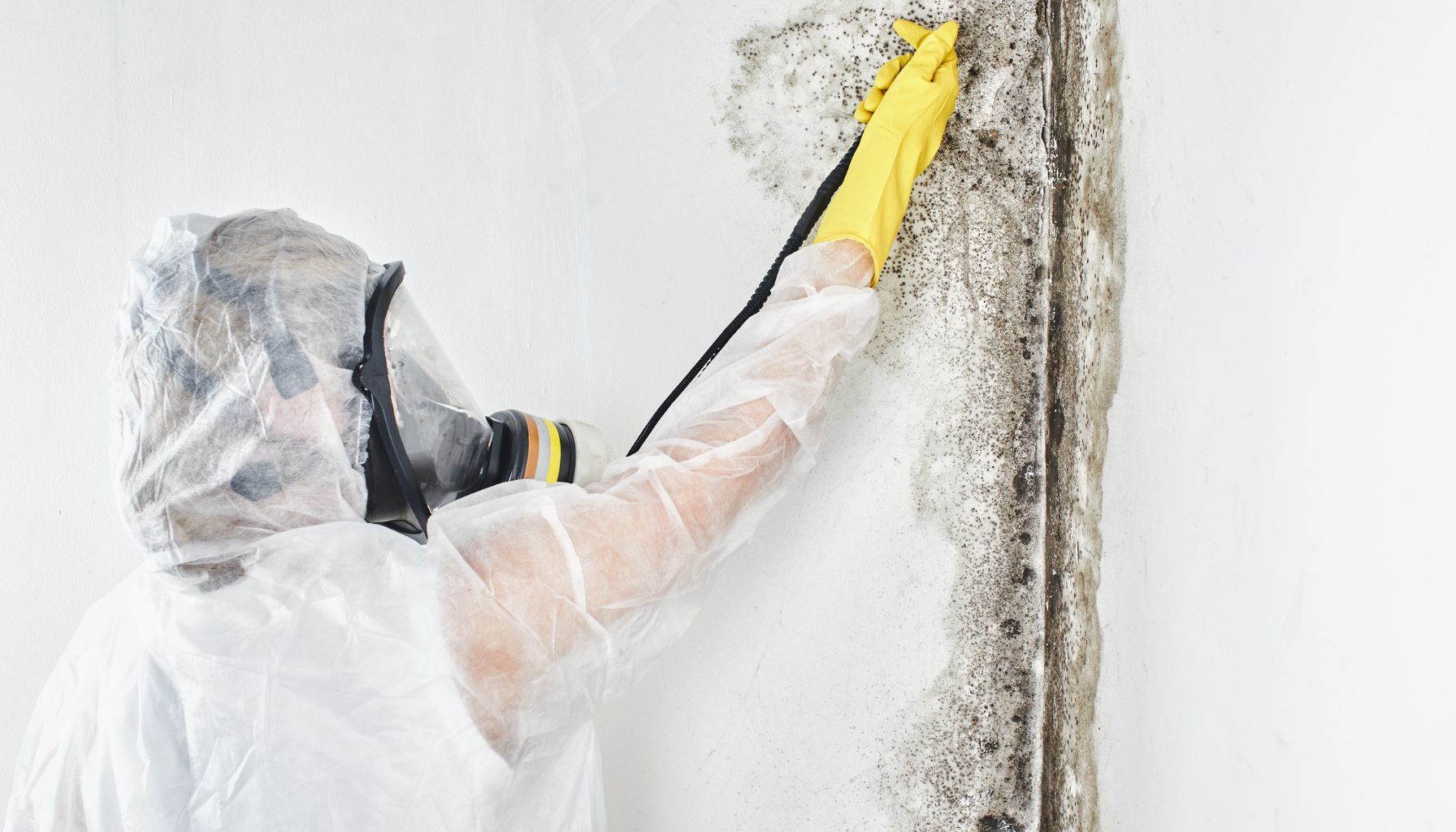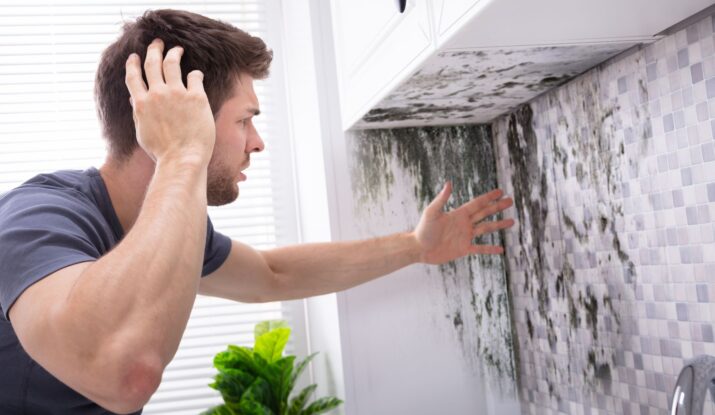Understanding Mold and Its Effects
What is mold
Mold is a type of fungus that is commonly found in homes. It is a natural part of the environment and plays a crucial role in breaking down organic matter. Mold thrives in damp and warm conditions, and its spores can easily spread through the air.Types of mold typically found in homes
There are various types of mold that can be found in homes, including black mold (Stachybotrys chartarum), green mold (Aspergillus), and white mold (Penicillium). Each type of mold has its own characteristics and can produce different health effects.Health impacts of mold exposure
Exposure to mold can have serious health impacts, especially for individuals with allergies or respiratory conditions. Common symptoms of mold exposure include coughing, wheezing, nasal congestion, and skin irritation. Prolonged exposure to mold can also lead to more severe health issues, such as asthma attacks and respiratory infections.The signs of mold in a home
It is important to be able to recognize the signs of mold in a home. Some common indicators of mold include a musty odor, visible mold growth on walls or ceilings, and the presence of water stains or discoloration. If you notice these signs, it is crucial to take immediate action to prevent further mold damage.The Basics of Mold Damage
What causes mold
Mold requires moisture and a food source to grow. In homes, mold is commonly caused by water leaks, high humidity levels, and poor ventilation. It can often be found in areas with water damage, such as basements, bathrooms, and kitchens.
Identifying mold damage in your property
Identifying mold damage in your property can be done through a visual inspection. Look for signs of mold growth, such as discoloration, staining, or visible mold patches. It is also important to be aware of any musty odors or a sudden increase in allergy symptoms, as these may indicate the presence of mold.The connection between mold and water damage
Mold and water damage often go hand in hand. Water damage provides the ideal conditions for mold growth, creating a moist environment where mold can thrive. It is crucial to address and repair any sources of water damage in order to prevent and eliminate mold growth.Steps in Mold Damage Restoration
The process of mold damage inspection
The first step in mold damage restoration is conducting a thorough inspection of the affected area. A certified mold remediation specialist will assess the extent of the mold damage, identify the type of mold present, and determine the cause of the mold growth. This inspection is essential for developing an effective restoration plan.Determining the extent of mold damage
Once the inspection is complete, the next step is determining the extent of the mold damage. This involves assessing how far the mold has spread, whether it has penetrated porous materials, and if there is any structural damage. This information will guide the rest of the restoration process.Mold removal process
The mold removal process involves safely and effectively removing the mold from the affected area. This may include the use of specialized tools and techniques to prevent the spread of mold spores. The goal is to completely eliminate the mold and restore the affected area to a clean and safe condition.Decontamination and sanitization
After the mold has been removed, it is necessary to decontaminate and sanitize the area to prevent future mold growth. This may involve treating surfaces with antimicrobial solutions and ensuring proper ventilation to control humidity levels. Decontamination and sanitization are crucial steps in mold damage restoration to promote a healthy environment.Repair and restoration
The final step in mold damage restoration is repairing and restoring any damage caused by the mold. This may involve replacing damaged materials, such as drywall or flooring, repairing plumbing or ventilation systems, and ensuring that the affected area is properly sealed to prevent future mold growth.Professional Mold Restoration Services
Benefits of hiring professional mold remediation services
Hiring professional mold remediation services offers several benefits. Professionals have the necessary expertise and equipment to effectively remove mold and restore the affected area. They can also conduct a comprehensive assessment to identify and address the underlying causes of the mold growth. Additionally, professional mold restoration services can help minimize the risk of cross-contamination and ensure a thorough and safe restoration process.
Choosing a mold damage restoration company
When selecting a mold damage restoration company, it is important to consider their experience, certifications, and reputation. Look for a company that is licensed and insured, and has a proven track record in handling mold remediation projects. It is also helpful to read customer reviews and ask for referrals to ensure you choose a reputable and reliable company.What to expect from professionals
When you hire professional mold restoration services, you can expect a thorough and systematic approach to mold remediation. Professionals will assess the extent of the mold damage, develop a customized restoration plan, and execute the necessary steps to remove the mold and restore your property. They will also provide guidance on preventing future mold growth and offer ongoing support and maintenance if needed.DIY Mold Removal
When is DIY mold removal suitable
DIY mold removal may be suitable for small, localized areas of mold growth that cover less than 10 square feet. If the mold damage is extensive or involves high-risk areas, such as HVAC systems or contaminated materials, it is recommended to seek professional help. DIY mold removal should also only be attempted if you have the necessary knowledge, protective gear, and proper cleaning materials.Steps to safely remove small mold infestations
If you decide to tackle a small mold infestation on your own, it is important to follow proper safety precautions. Begin by wearing protective gear, such as gloves, goggles, and a respirator mask, to avoid direct contact with the mold and prevent inhalation of mold spores. Then, isolate the affected area and remove any materials or items that cannot be salvaged. Clean the area thoroughly with appropriate cleaning solutions and tools, and ensure proper ventilation during and after the cleaning process.Materials needed for DIY mold removal
To safely and effectively remove mold on your own, you will need several materials. These may include protective gear (gloves, goggles, respirator mask), plastic sheeting, trash bags, cleaning solutions (specifically designed for mold removal), scrub brushes, and a HEPA vacuum cleaner. It is important to choose the right cleaning products and tools to ensure proper mold removal and minimize the risk of further contamination.Mold Prevention
Regular property maintenance to prevent mold
Regular property maintenance is crucial for preventing mold growth. This includes inspecting and repairing any leaks or water damage promptly, as well as maintaining proper ventilation throughout the property. Regularly cleaning and drying areas prone to moisture, such as bathrooms and kitchens, can also help prevent mold growth.Importance of proper ventilation and humidity control
Proper ventilation and humidity control are essential in preventing mold growth. Ensure that there is proper airflow throughout your property, especially in areas prone to moisture. Use exhaust fans in bathrooms and kitchens, and consider installing a dehumidifier in particularly humid areas. By controlling humidity levels and promoting adequate ventilation, you can significantly reduce the risk of mold growth.Mold-resistant materials and their uses
Using mold-resistant materials can be an effective preventive measure against mold growth. Mold-resistant drywall, paints, and insulation are available and can help inhibit mold growth in areas where moisture is commonly present. These materials contain additives that make them more resistant to mold and provide an additional layer of protection against potential mold infestations.Mold and Insurance
Understanding mold coverage in home insurance
Mold coverage in home insurance policies can vary. Some policies may include coverage for mold damage caused by a covered peril, such as a burst pipe or a storm-related leak. However, most standard homeowners’ insurance policies do not cover mold damage caused by maintenance issues or neglect. It is important to review your insurance policy carefully and consult with your insurance provider to understand the extent of your mold coverage.Filing a mold damage claim
If you have mold damage that is covered by your insurance policy, you can file a mold damage claim. Contact your insurance provider and provide them with all the necessary documentation, including photos, inspection reports, and repair estimates. Be prepared to answer any questions related to the cause of the mold damage and the steps you have taken to mitigate further damage.
Dealing with denied mold claims
In some cases, insurance providers may deny mold damage claims. This can happen if the mold growth is determined to be a result of neglect or a maintenance issue. If your claim is denied, it is advisable to review your policy, seek legal advice if necessary, and address any underlying issues that contributed to the mold growth to prevent future damage.Mold Damage Costs
Factors affecting mold remediation cost
The cost of mold remediation can vary depending on several factors. The size and extent of the mold damage, the location of the mold growth, the type of mold present, and the complexity of the restoration process can all affect the overall cost. Additionally, factors such as the cost of materials and equipment, labor fees, and any required structural repairs will also contribute to the total cost.Understanding mold damage restoration estimates
When obtaining mold damage restoration estimates, it is important to ensure they are detailed and comprehensive. The estimate should include a breakdown of costs for each stage of the restoration process, such as inspection, mold removal, decontamination, and repairs. It is also beneficial to obtain estimates from multiple restoration companies to compare costs and services.How to budget for mold damage restoration
Budgeting for mold damage restoration requires careful consideration of your financial resources and the extent of the damage. Start by obtaining detailed estimates from restoration companies to determine the overall cost. Consider setting aside a contingency fund for any unexpected expenses that may arise during the restoration process. It may also be helpful to explore financing options or consult with your insurance provider about coverage and reimbursement options.Health and Safety During Mold Restoration
Safety gear for mold remediation process
Wearing appropriate safety gear during the mold remediation process is crucial to protect yourself from health hazards. This includes wearing gloves, goggles, and a respirator mask to avoid direct contact with mold spores and inhalation of airborne contaminants. It is important to choose safety gear that meets the necessary standards and provides adequate protection.
Health precautions during mold cleanup
Taking health precautions during mold cleanup is essential to minimize the risk of exposure to mold spores. Ensure proper ventilation by opening windows and using fans to direct air outdoors. Take breaks and avoid overexertion to prevent excessive inhalation of mold spores. If you experience any adverse health symptoms, such as difficulty breathing or severe allergies, it is important to seek medical attention immediately.After-restoration health considerations
Once the mold restoration process is complete, it is important to continue prioritizing your health and safety. Keep the area well-ventilated to prevent moisture buildup and monitor for any signs of recurring mold growth. Regularly clean and maintain the restored area to prevent the accumulation of dust and other particles that may trigger allergies or respiratory conditions. If you have any concerns about your health after mold restoration, consult with a healthcare professional.Dealing With Recurrent Mold Problems
Reasons for recurring mold problems
Recurrent mold problems can occur for various reasons. Some common causes include unresolved water leaks, inadequate ventilation, excess humidity or moisture, and hidden mold growth. It is necessary to identify and address the underlying issue to prevent recurring mold problems.How to prevent recurrent mold growth
To prevent recurrent mold growth, it is important to address the underlying causes. Fix any water leaks or plumbing issues promptly, improve ventilation in areas prone to moisture, and control humidity levels throughout your property. Regularly inspect and maintain your property to catch potential issues before they escalate. Proper prevention measures are key to avoiding the recurrence of mold problems.When to seek expert help for recurrent mold
If you continue to experience recurrent mold problems despite taking preventive measures, it may be necessary to seek expert help. Mold remediation professionals can conduct a thorough assessment, identify any hidden sources of mold growth, and provide tailored solutions to address the recurring issue. Seeking expert help will ensure that the underlying problem is properly resolved, reducing the risk of further mold damage.Contact PureOne Services Now




